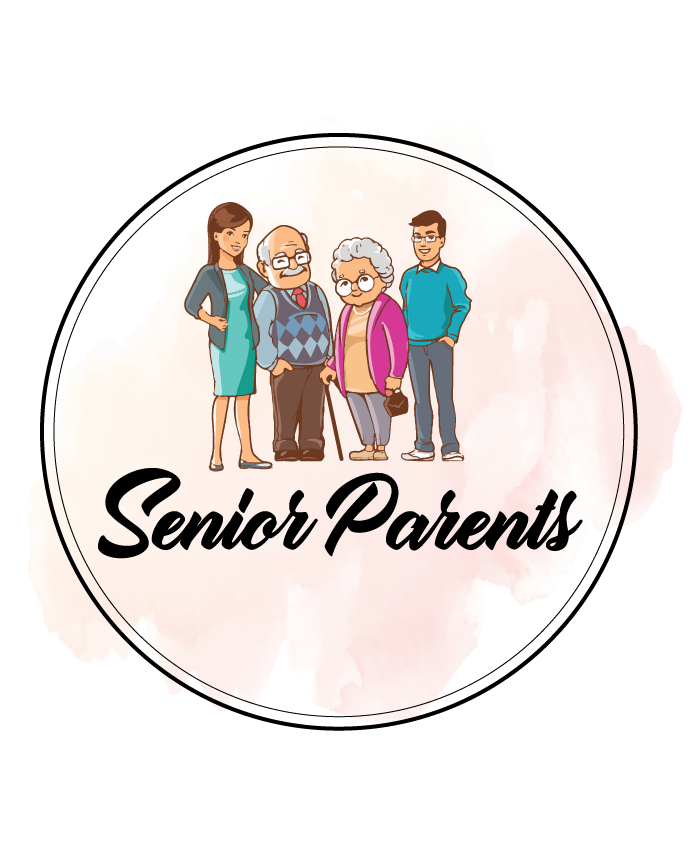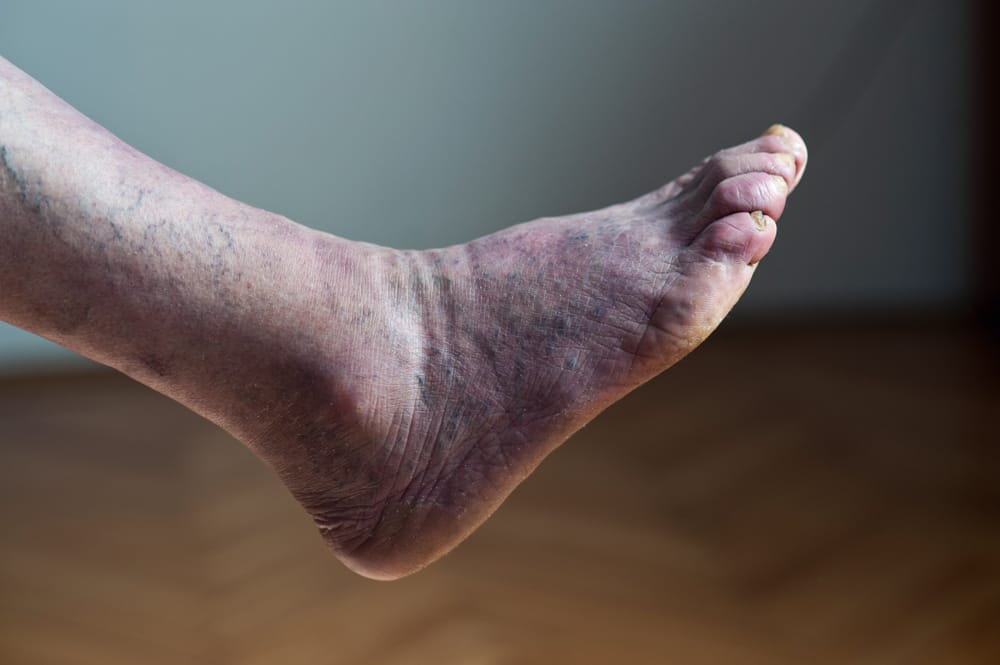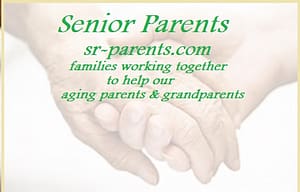Contents
Essential Tips to help manage Poor Circulation in the Elderly
The circulatory system is responsible for moving blood throughout the body to supply oxygen to organs and tissues. Sometimes, an older adult’s circulatory system doesn’t work as well as it should, leading to severe issues. Knowing the causes and symptoms of poor circulation in legs elderly loved ones often suffer from can guarantee that they will receive the proper medical attention needed. In this article, we address some problems related to poor leg circulation signs in the elderly and the easily and often overlooked symptoms poor circulation patients openly show. Lastly, to give tips and discuss how to improve circulation to feet and legs or address poor leg circulation signs.
Although circulation is an unintentional and natural process, it can become problematic as we grow old. It is because the body begins to struggle with pumping blood throughout the body’s rest from the heart. So, poor circulation in the elderly needs to improve before it causes life-threatening problems.
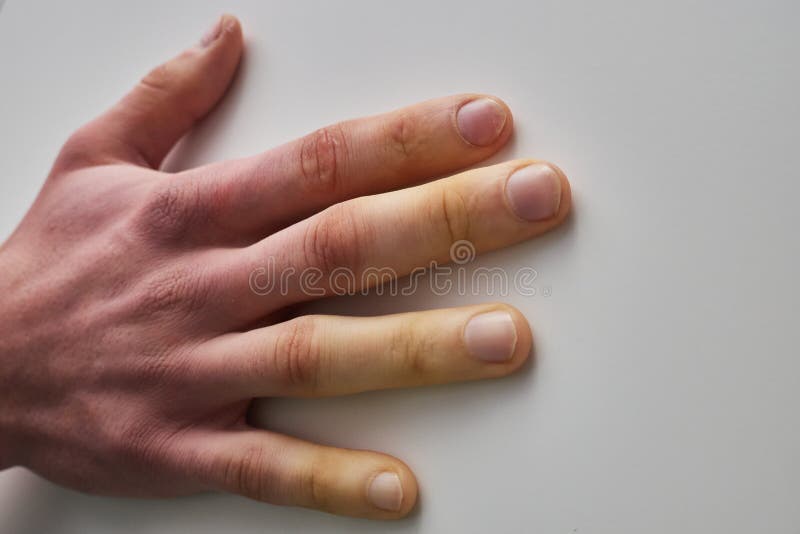
What is Blood Circulation?
Blood circulation refers to the constant movement of blood from the heart to enter and cross all body areas. For anybody of any age, proper blood circulation in the body is a significant bodily activity. Blood circulation is essential for seniors. However, some older people suffer from ventilation, and finding ways to boost circulation is necessary for their health and wellbeing.
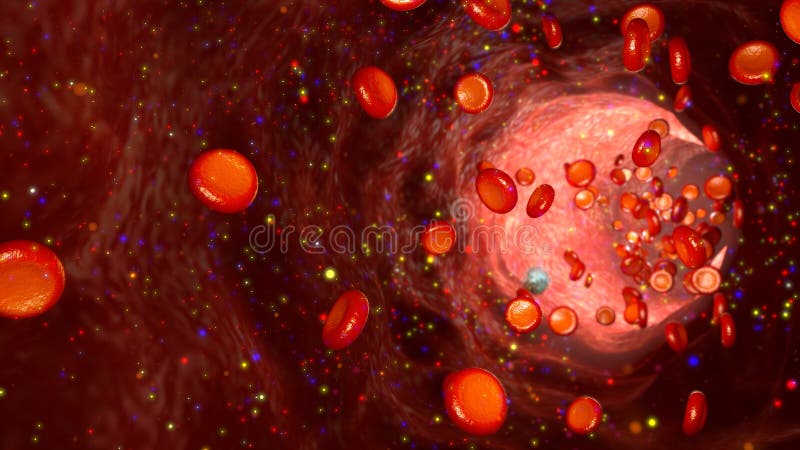
Poor Circulation in the Elderly
In many instances, poor circulation in seniors, linking with an underlying medical condition that requires a physician’s attention. However, it is essential to follow your loved one’s recommendations or the medical team. Moreover, it is possible to support seniors’ healthy circulation through fun, enjoyable lifestyle choices. Here’s an in-depth look at why is poor circulation in the elderly and how to treat it.
Blood circulation is an aspect of one’s general wellbeing, which we often ignored. But the fact is, we should give it paramount significance, especially to the elderly. Yes, having poor circulation in elderly problems will only cause mild discomfort. However, when left unchecked, they indeed can develop into a life-threatening health condition.
It is important to watch out for symptoms poor circulation body from your elderly loved ones. Improving blood supply in the legs can be achieved with the necessary equipment, lifestyle adjustments, and workouts. This article discusses the effects of the inadequate circulation of blood and natural remedies. Moreover, we discuss some activities to improve circulation to the feet and legs.
What are the leading causes of poor circulation in the elderly?
Many factors contribute to poor elderly blood circulation, including everything from diabetes, smoking, and, among others, a sedentary lifestyle. Moreover, which can lead to a whole host of disturbing symptoms, such as swollen feet, cramps, and limb pain. These are not the only symptoms but are the more prevalent poor leg circulation signs.
Peripheral artery disease (PAD)
PAD in your elderly legs will lead to poor circulation. PAD is a circulatory disorder that causes the blood vessels and arteries to widen. In a related disease called atherosclerosis, the arteries stiffen due to plaque formation in the arteries. Both conditions limit blood supply to the extremities, leading to discomfort and poor blood circulation.
When plaque formation occurs in the arteries in the heart of loved ones, they are at risk of a heart attack. PAD is most common in people over 50 years of age, although it does occur in younger individuals. Moreover, People who smoke are at a greater risk early in life for developing PAD.
Varicose veins
Varicose veins, caused by valve loss, are swollen veins. The veins look wrinkled and clogged and found at the backside of the thigh muscle. Moreover, blood does not move through the affected veins as quickly as most veins result in poor circulation. Varicose veins, although uncommon, can cause blood clots as well.
Your grandparent’s chromosomes mostly decide whether or not varicose veins can grow. If a relative has a history of varicose veins, the chance is more significant. Women are also more likely, as are persons who are overweight or obese, to grow them. Varicose veins can easily be seen as signs of poor circulation in legs elderly loved ones often have.
Blood clots
Blood clots, either wholly or partly, obstruct blood supply. They can occur in your parent’s body almost anywhere. However, a blood clot that forms in your arms or legs can lead to circulation complications. For several reasons, blood clots can develop, and they may be harmful. It will move into other areas of the body, including the heart or lungs, leading to poor circulation in the elderly.
Obesity
If Your elderly ones are overweight or obese, it can cause a burden on the body. If grandparents are overweight, it can lead to circulation issues if they sit or stand for hours. They are now at higher risk for specific other causes of impaired circulation, including varicose veins and blood vessel complications.
Raynaud’s disease
People who have cold hands and feet that are chronic may have a disorder called Raynaud’s disease. The tiny arteries in your hands and toes are affected by this disease to narrow. Narrowed arteries are less likely to transfer blood through the body, so you can start having slow circulation symptoms. Symptoms of Raynaud’s disease typically arise while you are feeling unusually anxious or in cold weather.
Diabetes
You may assume that diabetes only affects your blood sugar. Still, in some parts of your body, it may also cause impaired circulation. Diabetes entails having poor circulation in the legs elderly sometimes get and often resulting in their legs cramping and pain in their ankles, thighs, or buttocks. When you’re physically busy, this cramping can be excruciating. The symptoms of impaired circulation can be difficult to detect in people with advanced diabetes.
What are the symptoms of poor circulation in the elderly?
Unfortunately, we often miss the symptoms initially.. The signs might seem quite subtle at first. However, as they progress, you note the obvious signs. . Some symptoms of poor circulation include:
Leg Cramps
Leg cramps in the legs are a debilitating and terrifying side effect of low leg circulation. Regular cramps that are typically caused by a lack of certain nutrients are a symptom of inadequate circulation. Dietary improvements can help mitigate this concern.
Discoloration
A symptom of low blood circulation may be skin that is bluish or almost transparent. Blood rich in oxygen is vivid red and passes its abundance of color to the flesh. Discoloration can be a good indication of low blood circulation if your skin has a swollen look. Moreover, if it has only a slightly bluish tinge, especially if you already have other symptoms.
Cold Hands and Feet
Suppose your elderly have cold hands and legs while the rest of their body is warm. This condition may be a sure indication of low blood circulation. Blood transfers heat from the heart outward to other areas of the body. However, your hands and feet are the furthest away from your heart. So, hands are most likely to suffer the symptoms of inadequate blood circulation.
Limb Pain
Some types of limb discomfort, such as unusual stinging or throbbing pain in the legs, can lead to poor circulation in the elderly. And if you don’t have leg cramps, there can be other forms of pain in your limbs, such as a fractured limb.
It is essential to pay attention to odd pains and symptoms. When you believe that your elderly have trouble with a circulation problem, take them to the doctor. They may suggest severe issues that require immediate care.
Fatigue
Fatigue alone cannot detect impaired circulation of the leg. Moreover, fatigue may be a good predictor when combined with one or more of the other signs on this list. Blood flow is essential to make your body feel good and to make your mind feel good. Moreover, if you’re elderly feel physical and emotional disturbance, they may be facing poor circulation.
Restless Leg Syndrome
Although various causes can cause restless leg syndrome, however weak leg circulation is a common cause. Suppose you find your loved ones having trouble keeping their legs still at night and feeling exhausted. They might have restless leg syndrome. It’s best to contact the doctor’s office for a clinical opinion, if you suspect restless leg syndrome. Because it might be due to inadequate circulation in your legs.
Swelling in the Legs
Swelling occurs for various reasons, but it may be a severe circulation symptom. Moreover, especially when it appears in the legs and neck. In this case, swelling develops as blood passes very slowly through the blood vessels. The human body causes some fluid to escape from within the blood vessels to the surrounding tissues by alleviating and building up pressure. If you feel swelling in your thighs or legs, see your doctor right away.
Digestive problems
Digestion depends on blood flow. Moreover, poor circulation can be associated with fatty matter stored in the abdomen’s blood vessels’ lining. The intestinal complications related to decreased blood flow include:
- Pressure in the belly
- Diarrhea
- Bloody stools, constipation, and cramping.
Ways to prevent poor circulation
1-Stay hydrated
Because the human body is made up of 70% water only, we should drink as much water as possible. We should also advise our elders to stay hydrated as much as possible. It will surely improve circulation to the feet and legs.
Does drinking water help circulation?
Yes. Water and proper hydration are the most important things you can do to boost poor circulation in legs elderly and in general for everyone. Moreover, the flow of oxygen across the body. The blood in your body is around 92% water, so you can understand how vital it is to stay hydrated. The circulation in your bloodstream is slower when you’re dehydrated. Also, water can remove impurities in the blood that may be trapped in the blood vessels and inhibit circulation.
2- Quit smoking
Smoking is a nasty habit. Moreover, nicotine is present in cigarettes. Nicotine lowers our blood pressure and makes our blood vessels of no use. We must forbid our elders from smoking. Moreover, cigarettes cause many more diseases.
3- High blood pressure
If our older ones have high blood pressure, we should look into it immediately. Moreover, it is because it can lead to a decrease in blood flow in the future.
4- Stand more
Tell your elders to stand up as much as possible. Because standing up improves the flow of blood. Ultimately it can lead to improving circulation to feet and legs.
5- Remind Them to take medicines
When the patient’s doctor has recommended blood thinners or other medications to support their cardiovascular health. However, make sure to administer the prescription at the prescribed dose and time. If they have feeble cardiovascular health and circulation, treatments will improve a lot and maybe even save their lives. Therefore, don’t ignore them.
What are the treatments to improve circulation to feet and legs?
Get Moving
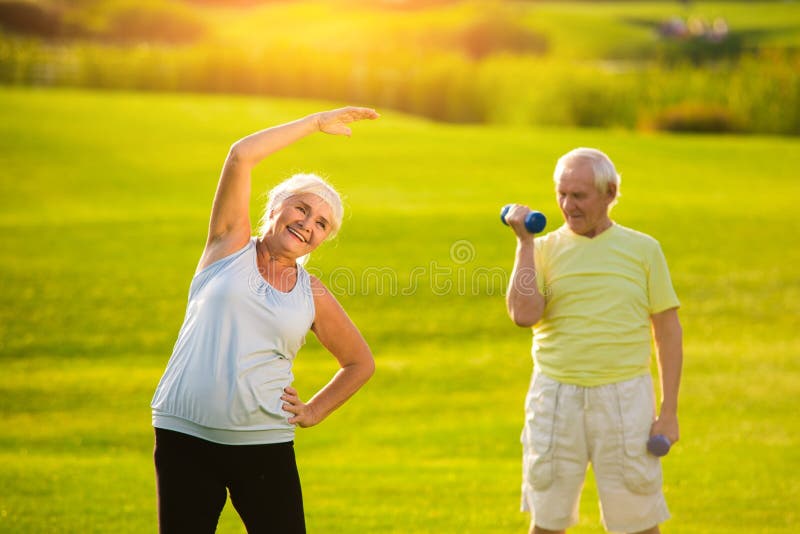
Even without seeing any poor leg circulation signs, one of the best things that your loved one can do to improve circulation and overall health is indulging in daily exercise. However, this doesn’t mean you’ve got to spend hours in the gym. Older people must raise their feet, particularly those with mobility issues seated for much of the day.
One study of women 60 and older showed that quick walking for 30-50 minutes a day increases blood flow. Only 3 or 4 days a week would dramatically increase blood flow. Exercise can not only help you increase circulation on your own. Moreover, it will only help you battle-related problems like weight gain.
Does walking improve circulation to feet and legs? Experts say YES!
Yes, Every activity, including walking, will increase blood circulation in the legs and the rest of the body. Seniors who keep a daily walking schedule tend to improve circulation, having little to no poor leg circulation signs, and boost stamina.
Most doctors and other specialists suggest that the seniors schedule a 30-minute stroll a day. Moreover, that involves a brief warm-up and a cool-down before and after a walk.
Activities such as washing, cooking, housework are also ways to improve blood circulation. Moreover, vehicle maintenance and other related activities count as motions and ideal opportunities to boost the blood supply during the day.
Eat Healthy & Stay Hydrated
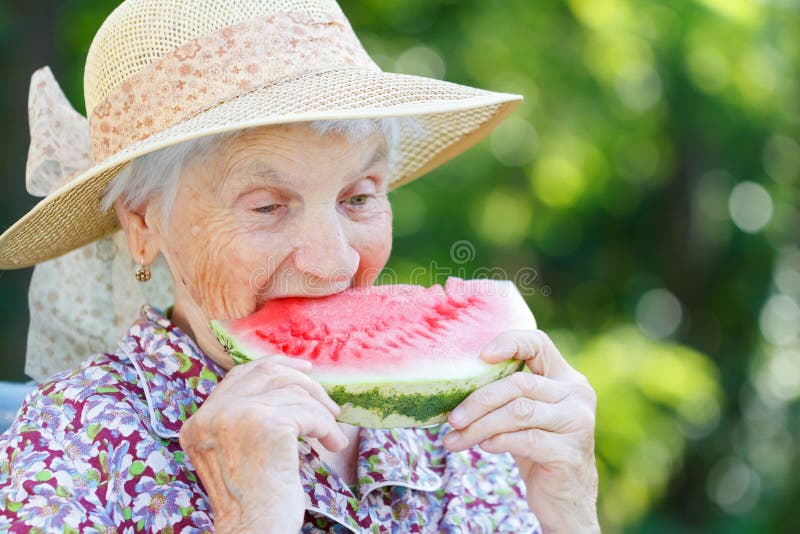
The American Heart Association advises consuming a heart-healthy diet to increase blood and enhance cardiovascular health. Besides, balanced eating will help the elderly lose weight, which is vital for managing healthy circulation.
Although you can or may not be the sole caregiver for your elderly parents, however, you should ensure that they consume safe, circulation-enhancing foods. That supports their physical well being and cardiovascular health.
Vitamin C, vitamin E, and all B vitamins and omega-3 fatty acids have all been clinically proven to boost circulation. Magnesium also has a firm profile in terms of its impact on cardiovascular function. If you are not personally cooking meals, care to cook meals high in these particular nutrients.
Elevate Their Feet

Perhaps the right suggestion is the easiest. For many people, improving the blood to the extremities can be as easy. Therefore, it’s easy to place your feet up at the end of the day. Since your veins have to work extra hard to move blood from your legs to your core. Therefore, raising your legs will ease the pain.
Often, all that is required to boost circulation is a minor shift in positioning. Elevating one’s legs will increase circulation nearly instantly through the body. A gentle rise in the height of the legs is typically all that is required. Lifting the legs facilitates blood flow and other fluids back to the heart, which can alleviate pressure and serve as a cure for leg swelling.
Foot repositioning aims to reduce the possible “kinks” in the blood vessels. Moreover, allow the blood to flow freely and efficiently through the legs. Elevation also allows blood to travel back to the heart, using gravity to ease the process. Therefore, facilitating a more generous overall blood supply.
Encourage Use of Compression Socks
Compression socks keep swelling under control and help increase circulation. These socks can effectively facilitate blood flow among the elderly. They are easy to use and relaxed, making them an excellent tool.
These socks are sometimes called medical socks. They use a small amount of constriction to promote blood supply through the legs. Check with your doctor for recommendations on the type and amount of compression.
Do a Warm Water Soak
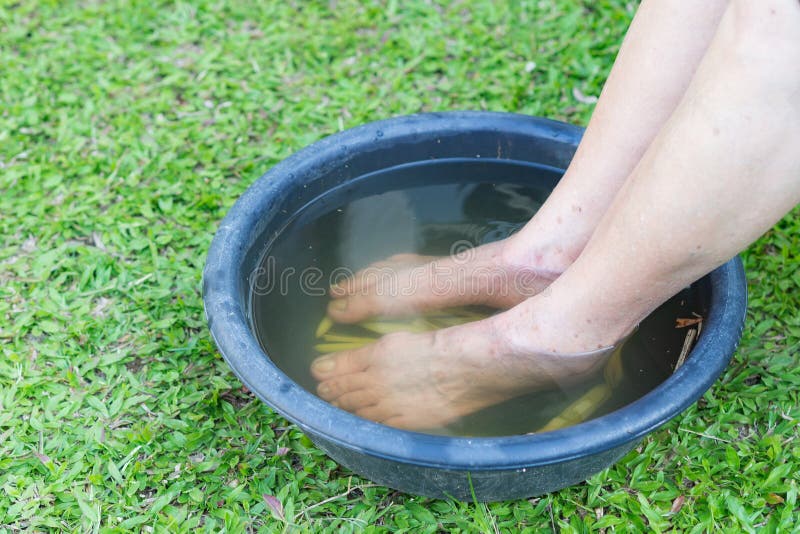
When the body is frozen, the arteries are constricted, making blood supply much more challenging to control. To combat this situation, make sure that the patients remain at a safe temperature at all times. Poor circulation in legs elderly suffers often result from staying in cold places.
Preparing your elderly parent’s warm foot soak will increase their circulation and help them feel more comfortable. Warm water is a handy thing to do in difficult circumstances since stress can have a detrimental impact on blood supply. Relaxing this kind of behavior will relieve both tension and leg circulation problems in the elderly.
This procedure is also often referred to as hydrotherapy. It intends to promote the dilatation of blood vessels near the skin’s surface. Moreover, increasing the drainage to the extremities. Poor leg circulation signs easily melt away. Connect magnesium to the foot soak to further improve the cardiovascular effects of this blood flow promoter.
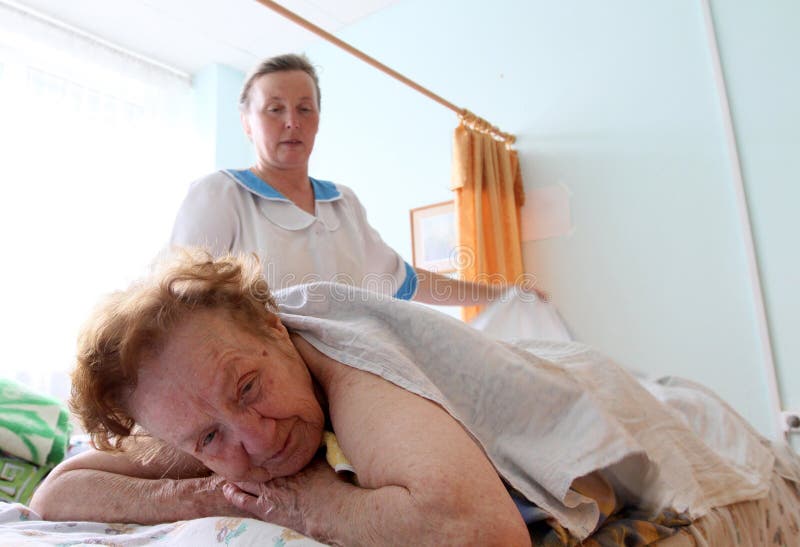 Massaging
Massaging
Gently massaging the legs will help increase blood supply and help improve leg circulation problems in the elderly. However, it is essential to bear in mind that massaging the legs alone would not help because massaging is not enough to boost circulation on a permanent or long-term basis. Poor leg circulation signs will pop back up if you don’t use other remedies.
Leg massages should be used as a temporary remedy to alleviate pressure, cramping, numbness caused by inadequate blood circulation. If we massage our elderly ones daily, this can be part of the Leg Circulation Enhancement Regimen.
Massage therapists can offer massage therapy that is good to relieve circulation problems. However, it is better to choose a masseuse who is skilled in this form of care. However, some form of massage is likely to provide some significant benefits in terms of circulation.
 Manage their stress
Manage their stress
Stress can have detrimental side effects on your emotional and physical health, including the body’s circulation. You seek ways to alleviate stress by yoga, listening to music, deep breathing, meditation, or psychotherapy. Moreover, you sat with your elderly loved ones and talked to them.
Talking to them will give you an idea about their stress level. Then you will try to remove your loved ones’ tensions. The easiest way to remove the stress is to take them on a morning walk. Moreover, you can also take them to dinner. Doing so will change their lives and solve their problems.
Keeping iron levels balanced
Iron is a vital mineral for the circulatory system. It is essential to make hemoglobin, one of the main components of red blood cells used to hold oxygen. Consuming foods high in iron, such as red meat or spinach, allows the body to retain this vital mineral. However, keeping a balanced balance is also essential.
It would help if you gave your older adults a diet high in iron. If your elderly ones do not like to eat much iron food, try to convince them. Moreover, made aware of them How much important it is to eat a healthy diet.
Compression Gear
By softly pressing the extremities to force the blood to flow back to the heart, compression gear facilitates blood flow. For those who sit all day, such as the elderly, compression gear is a fantastic option. More Significantly, if they have reduced mobility. However, compression gear passively facilitates more excellent circulation without much effort on the wearer once they put it on. Compression gear can be close, so check for aids if you and your patients have difficulty getting it on.
Vitamin Supplementation
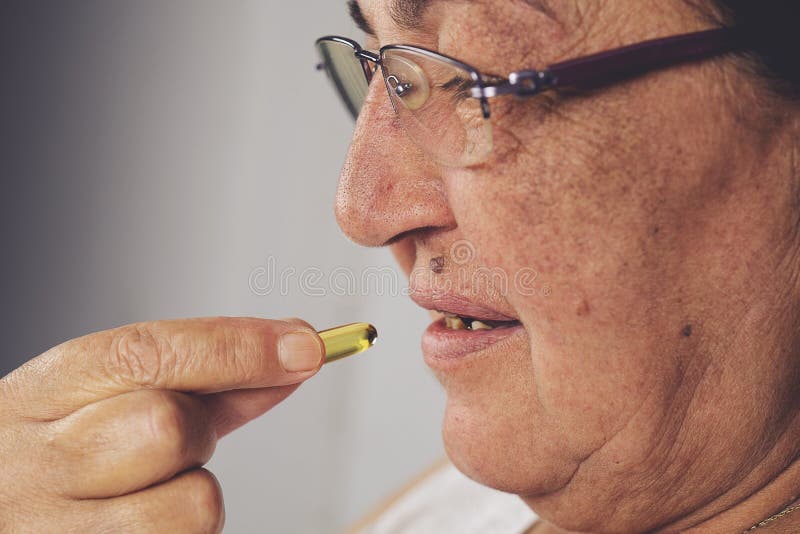
Good diets contain vitamins and minerals, including fruits and vegetables. But some people don’t get the requisite daily intake of vital vitamins, even then. Older adults continue to take vitamin supplements that make them sleep healthier and resilient and encourage blood circulation.
Of course, it is essential to speak to one’s health care professional to see whether they approve of it before taking any supplements.
Conclusion
Poor circulation in the elderly is a common problem nowadays. Older persons often report cold hands and feet and numbness or swelling. Both of which are impaired circulation symptoms. To boost their circulation, older people need to exercise, particularly for those who have mobility issues. Exercise will help to improve circulation to the feet and legs.
Read More:
